The bright morning sun shone down mercilessly on me. Perspiration dripped from my face. And with each running stride I took, my foot sank rapidly into the “quicksand.”
I could barely run, even after only a couple of kilometres (kms).
But what I had experienced was just a mere fraction of what running buddies Chin Wei Chong, 36 and Ian Lye, 35 will be experiencing next week – when they take on the gruelling 250km Marathon des Sables (MdS), in the Sahara Desert.
They are taking on this arduous race, to raise awareness and funds for the Save Our Street Dogs (SOSD). This is a Singapore Charity made up of a group of stray lovers, feeders and rescuers, with the purpose of pursuing change for these innocent dogs.
Today, I joined in one of their training sessions on the sand at East Coast Park, to have a taste of what running in the Sahara Desert would be like. I also talked to the runners about their preparations and expectations for the race.
Here is what Wei Chong, a marketing communications director and and Ian, a research manager, said.
Wei Chong and Ian, what made you decide to take on the gruelling Marathon des Sables?
The Sahara desert occupies almost one-third of Africa with its vastness and never-ending paths of sand. The mystic, the intrigue of conquering a multi-stage race under extreme conditions in the largest desert in the world is alluring. We have also researched and viewed many videos of runners racing in the Sahara and their stories and achievements have further ignited our interest in this desert.
There are many Sahara races, why did we choose the Marathon des Sables (MdS)? The simple reason is that it is the toughest. We don’t know if we are ever going to compete in another multi-stage 250km race, so if we are going for one, why not go for the toughest? That’s the reasoning behind our choice. Now we just have to work hard enough to ensure we complete the race!
How are you actually preparing and training for the race?
We have been training for this event since the start of last year. While the both of us have been running in local races for many years, neither of us have run a race in excess of a full marathon (42km) before last year. To prepare ourselves for the MdS, we signed up for and completed the Sundown Ultramarathon 100km in September 2013. More recently, we flew to Hong Kong in January this year to train on the unfamiliar hilly terrain on Lantau island.
As part of our preparation for the MdS, our key focus over the last three months leading up to the race, was to clock runs of long distances on sand, trails and hills during the hottest hours of the day in Singapore. We have ramped up our weekly mileage from 80 km to 120 km over 4- 5 runs a week. We have also been training with a backpack that weighs between 5-10 kg.
Now we are also focusing on acclimatising to the heat. We are doing hot yoga, which is yoga in a 40 degrees C studio. In that sort of temperature, the plasma becomes thicker and you require less oxygen to exercise and use less effort. Your sweat also produces less salt, which is very important too.
How tough is it to run on sand?
It is 1.6 times harder to run on sand than on road.
Initially, it really hurt us because we were getting blisters on the inside of the foot and even without our backpack, we were struggling for the first couple of training sessions. But after you have got used to it all, like how to shuffle your feet and keep your balance, it became easier for us.
It took us about three sessions to get used to the sand. When you are starting to run on the sand, the first km may usually be ok, but after that, it can become really tough going.
Have you decided on what food items to take with you?
Actually, we are still selecting the type of food we want. For example, we are still trying to decide between almonds versus seaweed. We have to figure out what types of food gives you more calories per gram, and what sort of calories it contains. For example, does it have mainly carbohydrates or fats? It is this type of nitty gritty stuff we never thought we would ever have to do.
We are taking along endurance fuel supplements and powders that you mix with water. These are specifically designed for expeditions such as this. We also have plenty of gels.
In terms of meals, we have freeze dried expedition food, such as chicken masala, stuff that you just pour water into – to cook.
That is what people do when they go to climb Everest and so on. We also have nuts, dried fruits and sweets such as jellybeans.
What will your sleeping accommodation and washing facilities be like?
These will be tents and there will be eight runners to a tent. These are basic, Berber tents that the tribal people live in.
Two sides are covered and the other two will be exposed to the elements. That is all we have and they will give us a carpet on the ground but sometimes it may be rocky.
So we have mats on the ground to put a sleeping bag. There are no showers, so we can’t wash for six days.
Is this your first race of this type?
Yes it is, for both of us. So other than what we have read, we do not know what to expect. But the videos and their links are informative, because they can give you a really good idea of what the climate and course is like. So we have a fair idea of what to expect on race day.
Do you have a specific finishing time in mind?
We just want to finish. Anything else is a bonus. So we will be very conservative in terms of our racing strategy, especially in the next couple of days. We will not be worried about having to walk.
We will take things slowly, and hope that we will do all right in the race. We just want to be smart during the whole run.
At this stage, what do you foresee to be your biggest challenges on race day?
Dehydration is a big problem. A few years ago in one race, a guy collapsed from dehydration one kilometre from the finish line and he was pulled out of the run.
You try and drink enough water and all, but you do not know how your body will react. Also, we are not totally within our control in terms of blisters.
We have taken precautions with the sand gators and that, but if you get huge blisters on your feet, they can really bring you out of the race. Aside from dehydration and the blisters, the mental aspect would be huge.
When you are in the desert, with around 40-50 degrees heat for hours on end, a 11kg backpack and navigating endless paths of sand, I would think at a certain point, there will be temptations to break down and give up.
A runner whom we have spoken to told us that in her “darkess moment”, she thought about the charity she was helping and drew on her inner strength to move on, step by step.
I’m abiding by this motto, and I will think about SOSD and the stray dogs we would save – just by completing this race.
Wei Chong, you initially had a scare when you were diagnosed with a heart murmur and the doctors refused to let you take part in the race. Tell us about this.
It was a tough time because I have a young family and they take priority. I will not take any unnecessary risk to pursue a passion if my life was at risk. My commitment is to my family.
I felt really low and didn’t train for a couple of weeks. I just went out with friends and focused on my work as usual – but life’s always going to be tough, isn’t it?
You can have everything planned and sometimes a curveball is thrown at you. I even planned the next steps.
If I wasn’t going to be running ultra-marathons and trails, I would be pursuing a Masters degree.
Tell us more about your SOSD campaign.
We will be running in the MDS to raise awareness and funds for SOSD, a local animal welfare advocacy group that primarily works with street dogs in Singapore, as we strongly believe in the work they are doing.
SOSD is a Singapore Charity made up of a group of stray lovers, feeders and rescuers from all walks of life, with the purpose of pursuing change for these innocent dogs.
As the lease for their current shelter is drawing to an end, the need to build a new animal shelter is immediate to prevent the animals from being homeless.
We aim to raise $100,000 for them and have so far raised around $12,000. You can give the dogs a home by donating through www.geofundit.com/sosd.
You can also follow our progress through https://www.facebook.com/singaporeanfootprintsinsahara.
Click here to read about Wei Chong and Ian’s story by Just Run Lah.
Other Blog Posts
- Click Here to read about the runner who has completed 180+ marathons in total.
- Click Here to read about a marathon organised… on a cruise ship.
- Click Here to read about the feisty lady who has run 7 marathons on 7 continents.
- Click Here to read about the marathoner who is on a quest to run 31 marathons in 31 days.

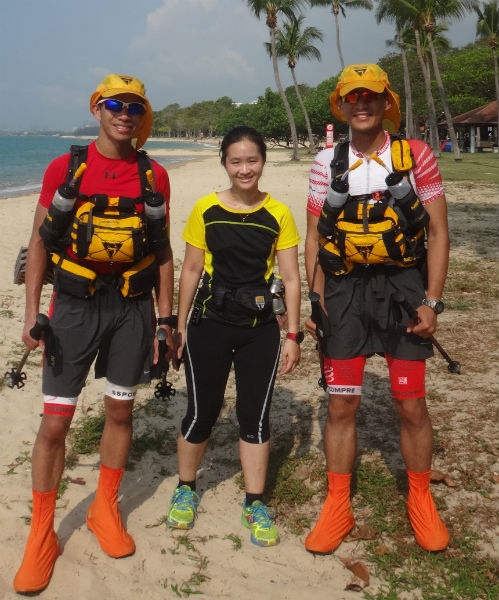
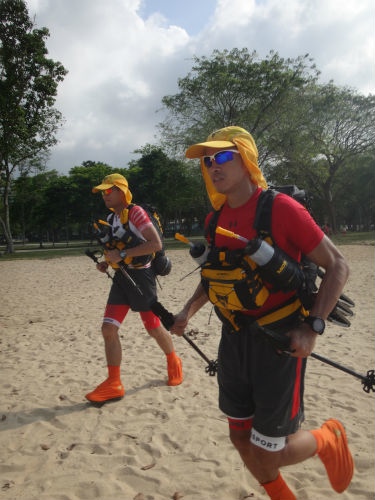
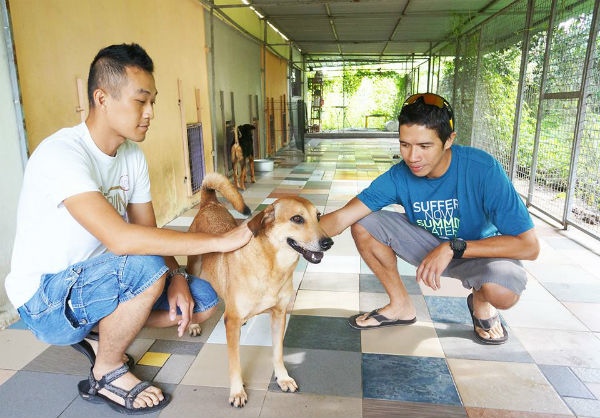
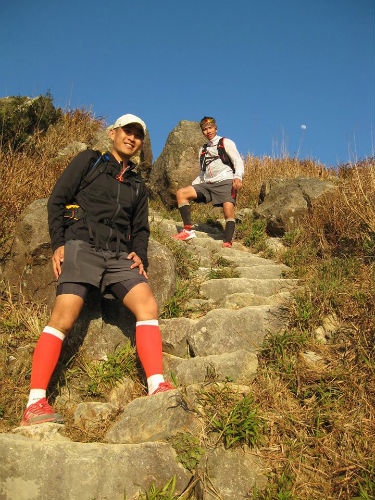
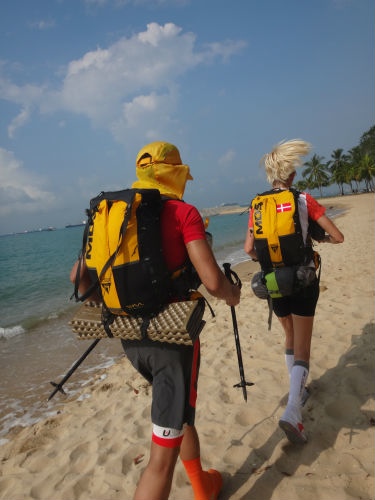
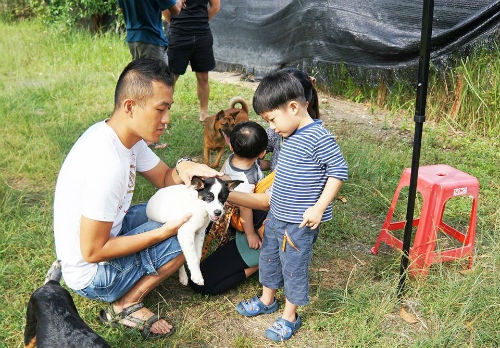
Leave a Comment